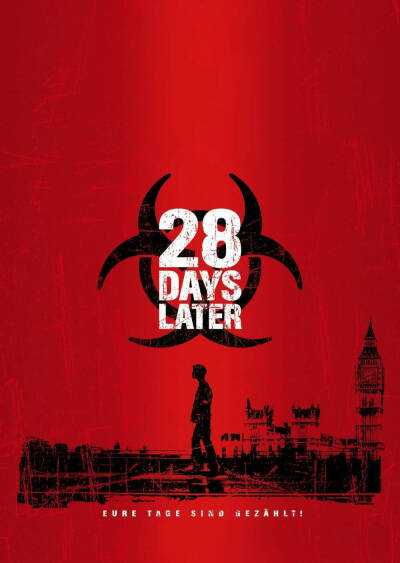
Introduction
’28 Days Later’, directed by Danny Boyle and released in 2002, is a landmark film that revolutionized the zombie genre. Combining elements of horror, science fiction, and social commentary, it not only changed the portrayal of zombies but also ignited a resurgence of interest in the genre. The film’s relevance extends beyond entertainment; it reflects societal fears and explores themes of survival, isolation, and the fragility of civilization.
Overview of the Film’s Plot
The film is set in a post-apocalyptic Britain, where a highly contagious virus, known as the Rage virus, has caused widespread chaos and devastation. The story follows Jim, portrayed by Cillian Murphy, who awakens from a coma to discover a world overrun by rage-infected zombies. Alongside a group of survivors, Jim must navigate through abandoned streets and encounters with both humans and the infected as they search for safety and answers.
Cultural Impact and Reception
’28 Days Later’ received critical acclaim for its innovative approach to horror. Critics praised its gripping storytelling, intense atmosphere, and thought-provoking themes. It revitalized interest in the zombie genre, inspiring a new wave of zombie films and television series, such as ‘The Walking Dead’ and ‘World War Z’. Moreover, the film’s low-budget production proved that compelling storytelling could overcome financial constraints. It was made on a modest budget of about $8 million but grossed over $85 million worldwide, demonstrating a successful formula that continues to influence filmmakers.
Thematic Exploration
The film does not solely rely on horror elements but also delves into deeper social commentary. It examines the disintegration of society, the moral dilemmas faced during crises, and the thin veneer of civilization that can break down under pressure. The portrayal of human relationships and survival raises pertinent questions about morality and ethical choices in desperate times.
Conclusion
’28 Days Later’ remains a significant work in film history, transcending the horror genre and providing a lens through which to view contemporary societal fears. Its impact is evident in the numerous adaptations and films inspired by its themes and stylistic choices. As audiences continue to engage with narratives of survival and resilience, the legacy of ’28 Days Later’ is likely to remain relevant in cinematic discussions for years to come. Its influence has solidified its place as a quintessential reference point for both filmmakers and fans of the genre.



